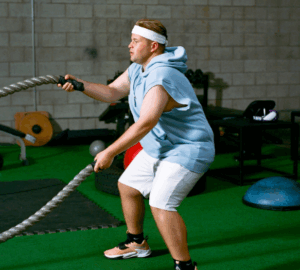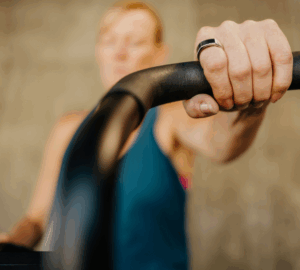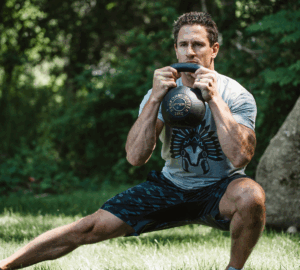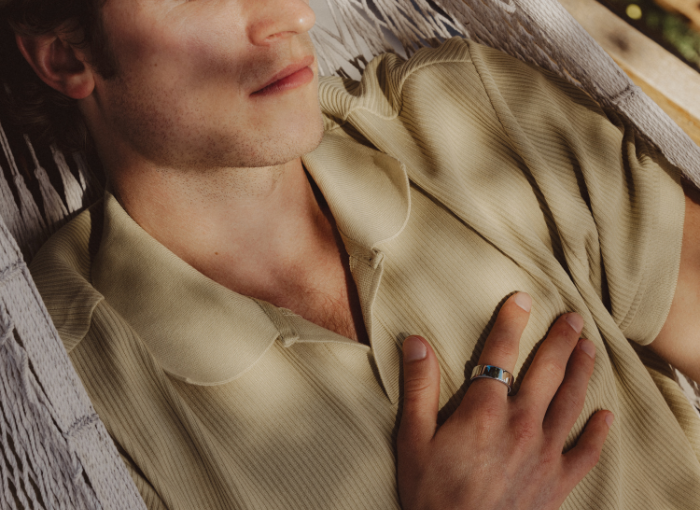Turning on Rest Mode within the Oura App helps you to focus on recovery when you feel tired, unwell, or need to slow down.
For as long as you decide to keep Rest Mode on, your Activity Progress Goal, Activity Score, and all activity-related contributors will be disabled. Your Readiness and Sleep insights will also be adjusted to help you prioritize rest and recovery.
How Rest Mode Works
Rest Mode is designed to automatically alert you when Oura detects that your body temperature is elevated, indicating that something is stressing your body. While you always have the ability to toggle Rest Mode on or off, the automatic alerts make it easy for you to stay on top of your health.
Rest Mode adjusts your insights to help you prioritize recovery.
Turning on Rest Mode triggers changes in your Sleep and Readiness messages to prioritize recovery guidance. Rest Mode also adjusts your Readiness Score to emphasize recovery-related metrics (RHR, HRV balance, recovery index, body temperature and previous night sleep metrics) while deprioritizing your activity contributors.
Rest Mode snoozes your activity goals.
Rest Mode disables your Activity Score, activity goals, and all related contributors to remove any pressure to be active while you are focused on rebounding. While it can still be helpful to move around while you’re recovering, you can listen to your body’s needs in the moment rather than focusing on meeting a goal.
When to Use This Feature
Rest Mode can be used for a wide range of experiences. While every body is different, here are some scenarios when Rest Mode may come in handy to alleviate pressure help you focus on recovery. It may be helpful if you are:
- Feeling under the weather
- Traveling and don’t want to feel pressured to reach activity goals
- Confirmed to have an illness
- Taking a rest day from your workout program
- Dealing with an injury
- Monitoring a long-term or chronic illness
What’s your Oura Story?
Everyone’s story is unique, and we’d love to hear yours. Share your story here.
The Oura Ring is not a medical device and is not intended to diagnose, treat, cure, monitor, or prevent medical conditions or illnesses.




